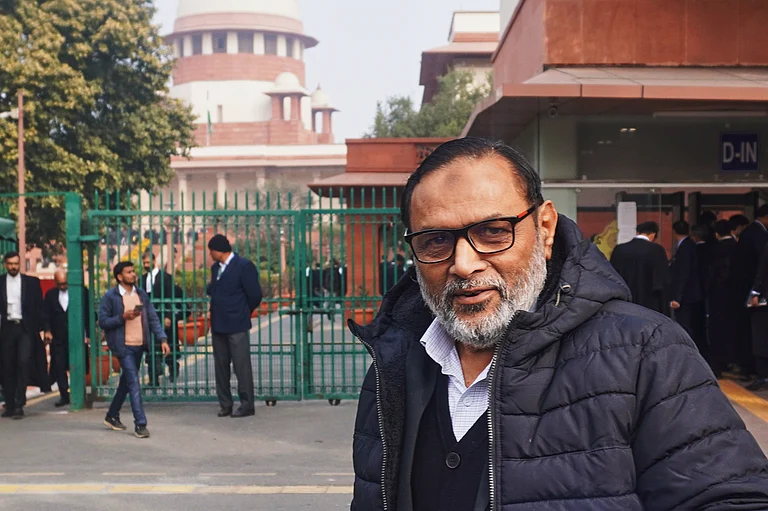The Ganga enters the great Indian plains at Haridwar — the starting point of the Char Dham Yatra and the place thousands of Hindus travel to, in order to set the remains and ashes of the deceased afloat and to pray for the salvation of their souls. If there’s one quality that redeems and defines this holy city, it’s that of selfless service to others. Langars operate across the city, offering food and shelter to visitors, saints and the poor, while keeping their doors open to any and all volunteers who may want to lend a hand in their efforts. The story goes that these langars always served the saints, visitors and the impoverished whenever they were stuck in the city.
This sense of selfless service has also been evident in the way the city and its residents have come together to help improve the state of the Ganga. Under the National Mission for Clean Ganga’s (NMCG’s) Namami Gange Project, local artists have taken it upon themselves to paint scenes from the Ramayana and the Mahabharata on the city’s walls, especially the ones that feature rivers and waterbodies, in an effort to educate people on mythology and the need for conserving the Ganga. Sewage treatment plants in and around Haridwar have more than doubled their capacities in the past five years. Two new plants have also been inaugurated in the last two years.
Even more impressive is the makeover that ghats and riverfronts such as the Chandi Ghat have received. These have been rescued from their state of disrepair and have been extensively and meticulously renovated. Today, they constitute some of the most excellent and aesthetically pleasing viewing spaces from where you can view the Ganga’s uninterrupted, untainted flow. The Chandi Ghat is also home to the Ganga Avalokan Museum, the first Indian museum dedicated to the river, which is an exhaustive, interactive repository of facts regarding the Ganga and its biodiversity, and all efforts that are being taken to save the river. And while the sight and the experience of aartis on ghats such as Har ki Pauri remains as magical and divine as ever, what’s more encouraging is the fact that local children make rounds of these riverfronts often enacting little skits and dramas telling people not to throw trash into the river.

A great example of an initiative to strengthen the people-river connection is the ‘Smriti Van’ (Forest of Memories) project on the outskirts of Haridwar. The project, launched by the forest department in 2019, reaches out to pilgrims asking them to plant saplings in memory of their loved ones, along the Ganga’s banks in specifically designated areas. A unique feature of this scheme is that people can track the growth of their planted trees on an app. Not only has the project turned the landscape greener, it has also led to a significant strengthening of the riverbanks in the areas covered over the last two years.
Of course, the Ganga rejuvenation efforts would not be so effective if it were not for the concerted efforts of different organisations from diverse spheres under the Namami Gange banner. Crucial studies are being done in the small but interesting town of Roorkee. Back in the day, Roorkee was a small village with mud huts, but with the construction of the Ganga Canal, it developed into a planned township. It’s a curious bit of trivia that Roorkee was home to the first telegraphic office in the country and the first ever aqueduct of India was constructed here over the Solani River. Actor Rajeev Khandelwal went to Roorkee to find that IIT Roorkee, especially its hydrology and earth sciences departments and their state-of-the-art laboratories, has contributed significantly by providing innovative and effective technologies in the multipronged fight to save the Ganga and those dependent on it.

The core idea at the heart of these incredible programmes? To selflessly and unselfishly serve the Ganga, just as the river has done for centuries.





















